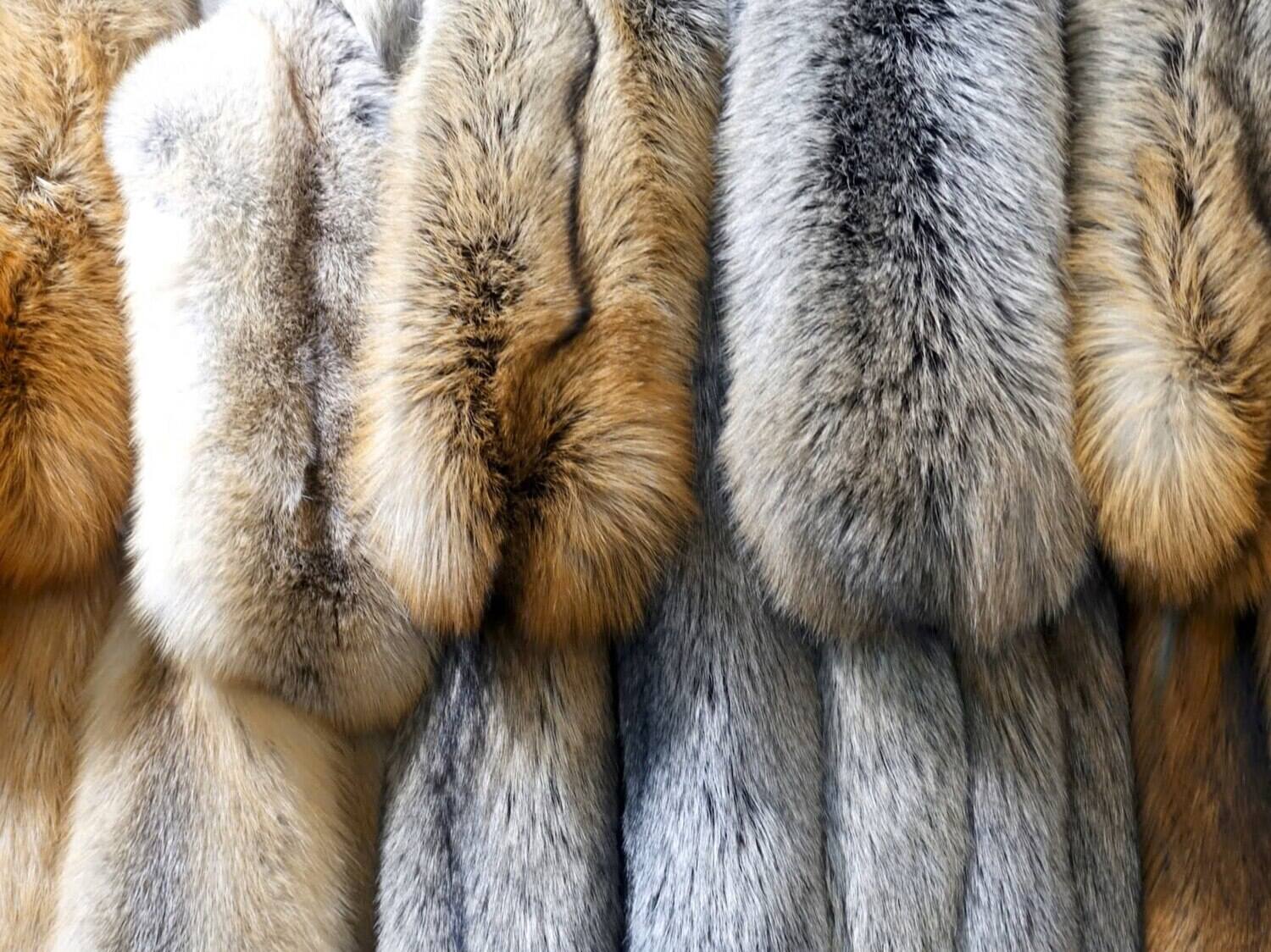

Articles
How To Store Fur
Modified: January 6, 2024
Learn how to properly store fur articles to keep them in pristine condition and prolong their lifespan. Expert tips and techniques for fur storage.
(Many of the links in this article redirect to a specific reviewed product. Your purchase of these products through affiliate links helps to generate commission for Storables.com, at no extra cost. Learn more)
Introduction
When it comes to storing fur, proper care and consideration are essential. Fur garments are not your typical clothing items; they require specific conditions to maintain their quality and longevity. Whether you have a luxurious fur coat, a stylish fur hat, or a cozy fur blanket, knowing how to store your fur properly is crucial to preserve its beauty and ensure its longevity.
In this article, we will guide you through the process of storing fur, from understanding the importance of proper storage to tips on choosing the right storage space and preparing your fur for storage. We will also cover the various methods of storing fur, such as storing it in a closet or a furrier’s vault. Additionally, we will discuss the importance of monitoring storage conditions and maintaining your fur during storage.
Storing fur can be a complex task, but with the right knowledge and techniques, you can ensure that your fur remains in excellent condition year after year. So, let’s dive in and explore the world of fur storage!
Key Takeaways:
- Proper fur storage is essential to maintain its beauty and longevity. From choosing the right storage space to regular monitoring, every step is crucial in preserving the quality of your furs.
- Consulting a professional furrier for restoration and repair can bring new life to your fur garments. Their expertise ensures delicate handling and expert techniques for maintaining the beauty of your furs.
Read more: How To Store A Fur Coat At Home
Understanding Fur Storage
Before delving into the details of fur storage, it’s essential to understand why it requires special care. Fur is a delicate and natural material that requires specific conditions to maintain its beauty and integrity. Improper storage can lead to irreversible damage, such as matting, shedding, discoloration, and loss of shape.
Fur storage is crucial for several reasons. First and foremost, fur is susceptible to damage from heat, humidity, and moisture. High temperatures can dry out the pelts, leading to cracking and deterioration. Excessive humidity can cause the fur to become matted or develop a musty odor. Moisture can result in mold or mildew growth, causing irreversible damage.
Furthermore, fur is vulnerable to pests such as moths, beetles, and rodents. These pests are attracted to the natural fibers in fur and can quickly infest a garment if not properly stored. Additionally, exposure to light, especially direct sunlight, can cause the fur to fade and lose its luster.
Understanding the potential risks and requirements of fur storage is the first step in preserving your precious fur garments. By implementing proper storage techniques, you can ensure the longevity and beauty of your furs for generations to come.
Choosing the Right Storage Space
When it comes to storing fur, selecting the appropriate storage space is crucial. The ideal storage area should provide a controlled environment with specific temperature and humidity levels to protect your fur from potential damage. Here are some factors to consider when choosing the right storage space for your fur:
- Temperature: Furs should be stored in a cool environment to prevent drying and damage. The ideal temperature range is between 45°F to 55°F (7°C to 13°C). Avoid storing fur in areas prone to extreme temperature fluctuations, such as attics or basements.
- Humidity: Consistent humidity levels are crucial for maintaining fur. The ideal humidity range is between 40% to 50%. High humidity can cause the fur to become matted and develop a musty odor, while low humidity can dry out the pelts. Consider using a dehumidifier or humidifier to regulate humidity levels if necessary.
- Air Circulation: Proper air circulation is essential to prevent stale air and moisture build-up. Avoid storing furs in airtight containers and ensure there is sufficient space around the garments for air to circulate.
- Pest Control: Choose a storage space that is protected against pests such as moths, beetles, and rodents. Ensure that the storage area is clean and pest-proofed by using mothballs, cedar chips, or professional pest deterrents.
- Light Exposure: Light can cause fading and discoloration of fur. Avoid storing fur in direct sunlight or areas with excessive artificial lighting. Cover the fur with a breathable, light-proof cloth or garment bag to protect it from light exposure.
Consider these factors when choosing a storage space to ensure optimal conditions for your fur garments. If you don’t have access to a suitable storage area at home, you can consider using a professional furrier’s vault or specialized fur storage facility that offers the ideal climate-controlled conditions for fur storage.
Preparing Fur for Storage
Before storing your fur garments, it is crucial to properly prepare them to ensure their longevity and to minimize the risk of damage. Here are some essential steps to follow when preparing your fur for storage:
- Professional Inspection: Start by having your fur professionally inspected and cleaned by a reputable furrier. They will inspect the garment for any minor repairs, loose seams, or other issues that may need attention before storage. Cleaning the fur removes any dirt, oils, or residue that can attract pests and cause damage during storage.
- Remove Accessories: Take off any accessories or embellishments from your fur garment, such as brooches, buttons, or belts. These can cause stress on the fur and potentially damage it during storage.
- Repair and Reinforce: If your fur garment has any minor repairs or loose seams, have them fixed before storing. Reinforce weak areas to prevent further damage, such as adding extra stitching or replacing worn-out closures.
- Detangling: Gently brush your fur garment using a specialized fur brush to remove any tangles or matting. Start from the base of the fur and work your way up, being careful not to apply too much pressure, as it can damage the delicate fur fibers.
- Conditioning: Consult with your furrier about applying a suitable fur conditioner. Conditioning helps to maintain the suppleness and softness of the fur, preventing it from drying out or becoming brittle during storage.
- Final Inspection: Take a final look at your fur garment after preparing it for storage. Ensure that there are no loose threads, debris, or signs of damage that may attract pests or cause further harm during storage.
By following these preparation steps, you are setting your fur garments up for successful storage. Proper preparation ensures that your fur stays in excellent condition, ready to be enjoyed when the time comes to take it out of storage again.
Cleaning Fur before Storage
Before storing your fur garments, it is essential to clean them properly. Cleaning helps remove dirt, oils, and any other substances that can attract pests or cause damage during storage. Here are some guidelines for cleaning fur before storage:
Professional Cleaning: It is highly recommended to have your fur professionally cleaned by an experienced furrier. They have the expertise and specialized techniques to clean fur garments without causing any damage. Professional cleaning will remove dirt, dust, and any stains that may have accumulated on the fur.
Daily Maintenance: In addition to professional cleaning, regular maintenance is essential. Use a soft bristle brush or a specialized fur brush to gently remove surface dirt and debris. Brushing should be done in the direction of the fur to avoid damaging the delicate hairs. Avoid using any harsh chemicals or cleaners on fur, as they can strip the natural oils and damage the pelts.
Spot Cleaning: If you notice any small stains or spills on your fur garment, do not attempt to remove them yourself. Rather, take the garment to a professional fur cleaner to ensure proper removal without damaging the fur. DIY spot cleaning attempts can lead to discoloration or uneven coloration.
Avoid Moisture: Keep your fur garments away from moisture and avoid wearing them in rainy or snowy conditions. If your fur becomes wet, shake off the excess water gently and air dry it at room temperature. Do not expose it to direct heat sources, such as heaters or hairdryers, as it can cause the fur to become brittle and lose its natural luster.
Storing Clean: It is crucial to store fur in a clean state. Even the smallest traces of food, perfume, or other substances can attract pests. Ensure that your fur garment is free from any residues before packing it away for storage.
By following these cleaning guidelines, you are preparing your fur garments for proper storage. Clean fur not only looks beautiful but is also less prone to damage and better protected against pests and other environmental factors during storage.
Read more: How To Store A Fur Coat
Handling and Inspecting Fur
When it comes to fur garments, proper handling and regular inspection are essential to ensure their longevity and prevent any potential issues. Here are some guidelines for handling and inspecting fur:
Gentle Handling: When handling fur garments, always do so with utmost care. Avoid pulling or tugging on the fur, as it can cause hairs to break or shed. Hold the fur delicately by the seams or shoulders to prevent unnecessary stress on the pelts.
Avoid Excessive Wear: While fur is durable, it is important to recognize that it is still delicate. Avoid excessive rubbing or contact with rough surfaces, as they can damage the fur. Additionally, avoid wearing heavy bags or accessories that can cause undue pressure on the garment.
Regular Inspection: Regularly inspect your fur garments for any signs of damage, such as loose seams, tears, or bald spots. Inspect both the exterior and the lining of the garment. By catching and addressing any issues early on, you can prevent further damage and maintain the integrity of the fur.
Check for Pests: During inspection, be on the lookout for any signs of pests, such as moths or beetles. Pay attention to areas around the collar, cuffs, and pockets, as they are often targeted by pests. Signs of infestation may include small holes, webbing, or droppings. If you suspect any pest activity, consult with a professional furrier for appropriate pest control measures.
Avoid Excessive Sunlight: Prolonged exposure to direct sunlight can cause the fur to fade and lose its luster. When wearing fur outdoors, try to limit sun exposure by wearing a wide-brimmed hat or using an umbrella. When not in use, store your fur in a dark and cool place to minimize the impact of sunlight.
Prevent Crushing: Avoid stacking heavy objects on top of your fur garments, as it can cause the fur to lose its shape and become compressed. Hang your fur on a sturdy hanger with broad shoulders to help maintain its natural form.
By following these handling and inspection tips, you can prolong the life of your fur garments and ensure that they remain in excellent condition. Proper care and attention will protect your investment and allow you to enjoy your fur for many years to come.
Proper Packaging for Fur Storage
When it comes to storing fur, proper packaging is crucial to protect it from potential damage and maintain its quality. The right packaging materials and techniques can help create a controlled environment and prevent pests, moisture, and other potential hazards. Here are some guidelines for proper packaging for fur storage:
Breathable Garment Bag: A breathable garment bag specifically designed for fur is essential for storing your fur garments. These bags are made of breathable materials that allow air circulation while protecting the fur from dust and light exposure. Avoid using plastic bags or containers, as they can trap moisture and promote the growth of mold or mildew.
Avoid Compression: When storing furs, it is important to avoid compressing or flattening them. Use a spacious garment bag that allows enough room for the fur to hang freely without being squeezed or crushed. Compression can damage the fur and cause it to lose its natural shape and luster.
Cover the Collar: To protect the collar area from wear and tear, cover it with acid-free tissue paper or a padded collar support. This will help maintain the shape and prevent unnecessary stress on the fur.
Avoid Plastic Wrap: While it may be tempting to wrap your fur in plastic for added protection, it is best to avoid this practice. Plastic can trap moisture and cause the fur to become damp, leading to mold or mildew growth. Opt for breathable materials that allow air circulation.
Moth Deterrents: To protect your fur from moths and other pests, use natural moth deterrents such as cedar chips or lavender sachets. These natural repellents help deter pests without causing any harm to your fur.
Avoid Heat and Light: Choose a storage area away from direct sunlight and sources of heat. Exposure to heat can cause the fur to dry out and lose its natural oils, leading to damage. Likewise, UV rays from sunlight can cause fur to fade and lose its color.
Proper Storage Location: Find a suitable storage location that offers optimal temperature and humidity levels. Avoid storing furs in spaces prone to extreme temperature fluctuations, such as attics or basements. Consider using a climate-controlled closet or a furrier’s vault for the best conditions.
Regular Inspection: Even with proper packaging, it is important to periodically inspect your fur garments for any signs of damage, pests, or changes in condition. Regular inspection allows you to catch any issues early on and take appropriate measures to address them.
By following these packaging guidelines, you can ensure that your fur garments are properly protected and maintain their quality during storage. Proper packaging helps preserve the beauty and longevity of your fur so that it can be enjoyed for years to come.
Store fur in a cool, dark, and well-ventilated space to prevent drying out and discoloration. Avoid plastic bags, as fur needs to breathe. Use a cloth garment bag instead.
Storing Fur in a Closet
Storing fur in a closet can be a convenient and cost-effective option for many fur owners. However, it is crucial to create the right conditions within the closet to ensure the proper preservation of the fur. Here are some guidelines for storing fur in a closet:
Cleaning and Preparation: Before storing your fur in a closet, ensure that it is professionally cleaned and properly prepared as outlined in earlier sections. Cleaning removes dirt and oils that can attract pests, while preparation helps maintain the fur’s integrity during storage.
Choose a Dark and Cool Closet: Select a closet that is away from direct sunlight and sources of heat. Exposure to light and heat can cause the fur to fade and lose its luster. Additionally, avoid placing the fur near air vents or heaters, as it can lead to dryness and damage.
Climate Control: If possible, consider installing a climate control system in your closet to maintain optimal temperature and humidity levels. The ideal temperature range for fur storage is between 45°F to 55°F (7°C to 13°C), with a humidity level between 40% to 50%. This helps prevent drying out or excessive moisture absorption, which can cause damage to the fur.
Use a Breathable Garment Bag: Place your fur garment in a breathable garment bag specifically designed for furs. These bags allow air circulation while protecting the fur from dust and light exposure. Avoid using plastic bags or wrap, as they can trap moisture and promote mold or mildew growth.
Hang the Fur: Hang your fur on a sturdy, padded hanger with broad shoulders to help maintain its natural shape. Avoid using thin wire hangers, as they can cause the fur to stretch or develop creases. Make sure the fur is hanging freely, without any compression or pressure on the pelts.
Monitor Regularly: Check on your fur periodically to ensure that it is still in good condition. Inspect for any signs of damage, pests, or changes in appearance. If you notice issues, consult with a professional furrier for appropriate steps to address them.
Considerations: While storing fur in a closet can be convenient, it may not offer the same level of climate control and security as a specialized fur storage facility or furrier’s vault. If you have valuable or extremely delicate furs, it may be worth considering professional storage options for enhanced protection.
By following these guidelines, you can successfully store your fur in a closet, preserving its beauty and ensuring its longevity. With proper care and attention, your fur garments will be ready to be worn and enjoyed whenever the occasion arises.
Storing Fur in a Furrier’s Vault
For those who want the highest level of protection and preservation for their fur garments, storing them in a furrier’s vault is an excellent option. Furrier’s vaults provide controlled environments specifically designed to maintain the quality and longevity of fur. Here’s what you need to know about storing fur in a furrier’s vault:
Climate Control: Furrier’s vaults are equipped with advanced climate control systems that maintain the ideal temperature and humidity levels for fur storage. The temperature is typically set between 45°F to 55°F (7°C to 13°C), and the humidity level is kept between 40% to 50%. These controlled conditions help prevent drying out, moisture absorption, and other environmental damage.
Security: Furrier’s vaults provide maximum security for your valuable fur garments. They are equipped with advanced security systems, including fire suppression systems, burglar alarms, and surveillance cameras. The vaults are designed to protect your furs from theft, fire, and other potential risks.
Professional Handling: Storing your fur in a furrier’s vault means entrusting it to professionals who have the expertise and experience to handle fur garments delicately. Furriers know how to properly hang, store, and care for fur to avoid any damage or loss of shape.
Specialized Storage Containers: Furrier’s vaults provide specially designed storage containers for fur garments. These containers are constructed with breathable materials that allow air circulation while protecting the fur from dust and light exposure. They offer an additional layer of protection for your valuable furs.
Regular Monitoring and Maintenance: Furrier’s vaults regularly monitor and maintain the conditions of the storage area to ensure optimal preservation of the furs. Professionals check for any changes in temperature, humidity, and other factors that can impact the quality of the fur.
Convenience: Storing your fur in a furrier’s vault eliminates the hassle of finding suitable storage space at home. You can have peace of mind knowing that your fur is being stored in a dedicated facility designed specifically for fur storage.
Additional Services: Furrier’s vaults often offer supplementary services such as fur cleaning, repairs, and insurance options. These services can help you maintain and protect your valuable fur investments even further.
Storing your fur in a furrier’s vault provides the highest level of protection and preservation. From climate control to security, these specialized facilities ensure that your fur garments are in the best possible hands. Consider this option if you have valuable, heirloom, or particularly delicate furs that require extra care and attention.
Read more: How To Store Fur Pelts
Monitoring Fur Storage Conditions
Proper monitoring of fur storage conditions is essential to ensure that your fur garments remain in optimal condition throughout their time in storage. Monitoring allows you to identify any changes in temperature, humidity, or other factors that could potentially harm the fur. Here are some key aspects of monitoring fur storage conditions:
Temperature: Regularly check the temperature of your fur storage area using a reliable thermometer. The ideal temperature range for fur storage is between 45°F to 55°F (7°C to 13°C). Fluctuations in temperature can cause damage to the fur, so it’s important to ensure a consistent temperature within this range.
Humidity: Use a hygrometer to monitor the humidity levels in your fur storage area. The ideal humidity range for fur storage is between 40% to 50%. High humidity can lead to mold or mildew growth, while low humidity can cause the fur to become dry and brittle. Take necessary steps, such as using a dehumidifier or humidifier, to maintain a stable humidity level.
Moisture Absorption: Regularly inspect your fur garments for any signs of moisture absorption. Look for dampness, musty odor, or discoloration, as these can indicate excess moisture. If you notice any issues, address them promptly to prevent further damage to the fur.
Pest Control: Monitor your fur garments for any signs of pests such as moths, beetles, or rodents. Regularly inspect the fur and storage area for any small holes, webbing, or droppings. If you notice any signs of infestation, consult with a professional furrier for appropriate pest control measures.
Light Exposure: Assess the lighting conditions in your fur storage area. Ensure that the fur is stored away from direct sunlight or excessive artificial lighting, as light exposure can cause the fur to fade and lose its color. If necessary, cover the fur with a light-proof cloth or garment bag to protect it from light exposure.
Regular Inspection: Inspect your fur garments regularly for any changes or signs of damage. Check for loose seams, tears, shedding, or any other issues that may arise during storage. Promptly address any concerns to prevent further damage to the fur.
Documentation: Keep a record of temperature, humidity levels, and any notable changes or observations regarding your fur storage conditions. This documentation can help you identify patterns or issues over time and make necessary adjustments to maintain optimal storage conditions.
Monitoring the storage conditions of your fur garments is crucial to ensure their longevity and preservation. By regularly assessing temperature, humidity, pests, and other factors, you can take proactive measures to maintain the quality and beauty of your furs throughout their time in storage.
Maintaining Fur during Storage
Proper maintenance is key to ensuring that your fur garments remain in excellent condition during their time in storage. While fur requires specific care, there are several steps you can take to maintain its quality and prolong its lifespan. Here are some essential tips for maintaining fur during storage:
Avoid Compression: Do not stack heavy objects on top of your fur garments. Compression can cause the fur to lose its shape and become flattened. Hang your fur on a sturdy, padded hanger with broad shoulders to maintain its natural form.
Air Circulation: Ensure that there is adequate air circulation in the storage area. Avoid storing furs in sealed plastic bags or airtight containers, as they restrict air flow. Proper air circulation helps prevent the growth of mold or mildew and keeps the fur fresh.
Avoid Moth Damage: Take preventive measures to protect your fur from moths. Use natural moth deterrents such as cedar chips or lavender sachets in your storage area. Regularly inspect your fur garments for any signs of moth activity, such as small holes or webbing. If you detect any infestation, consult with a professional furrier for appropriate pest control measures.
Temperature and Humidity: Maintain stable temperature and humidity levels in the storage area. Fluctuations in temperature and humidity can cause damage to the fur. Keep the temperature between 45°F to 55°F (7°C to 13°C) and the humidity between 40% to 50% to create an optimal environment for fur storage.
Avoid Chemical Exposure: Keep fur away from direct contact with any chemicals, including perfumes, hairsprays, and cleaning agents. These substances can damage the fur and alter its color or texture. Store your fur separately from any other items that may emit strong odors or contain chemicals.
Regular Inspection: Regularly inspect your fur garments for any signs of damage or changes in condition. Check for loose seams, tears, shedding, or discoloration. Promptly address any issues to prevent further damage or deterioration. Consulting with a professional furrier for repairs or restoration may be necessary in some cases.
Rotate Fur: If you have multiple fur garments, consider rotating them throughout the year. This allows for equal exposure to air and prevents one fur from being stored for an extended period. Regular rotation can help maintain the overall quality and longevity of your fur collection.
Keep Fur Away from Heat and Light: Avoid storing fur garments near direct heat sources or in areas exposed to sunlight. Heat and light can cause the fur to dry out, fade, and lose its luster. Store your fur in a cool and dark environment to minimize these risks.
By following these maintenance tips, you can ensure that your fur garments remain in excellent condition during their time in storage. Proper care and attention will help preserve the beauty and quality of your furs for years to come.
Taking Fur Out of Storage
When the time comes to take your fur out of storage, it is important to do so carefully to avoid any damage or mishaps. Here are some steps to follow when taking fur out of storage:
Inspect the Storage Area: Before removing the fur from storage, inspect the storage area for any signs of pests, mold, or excessive moisture. Ensure that the storage environment is still suitable for the fur’s condition.
Climate Transition: If the storage area has different temperature or humidity conditions from where you plan to wear the fur, allow it to acclimate gradually. This prevents any sudden temperature or humidity changes that could potentially damage the fur.
Gentle Handling: Handle the fur with utmost care when taking it out of storage. Hold it gently by the seams or shoulders to prevent unnecessary stress on the fur fibers. Avoid pulling or tugging on the fur to prevent shedding or damage.
Inspect for Damage: Thoroughly inspect your fur garment for any signs of damage, such as loose seams, tears, or shedding. Check for any changes in color or texture that may have occurred during storage. If you notice any issues, consult with a professional furrier for appropriate repairs or restoration.
Air Out the Fur: Allow the fur to breathe for a short period to remove any stale odors that may have accumulated during storage. Hang it in a well-ventilated area for a few hours to freshen it up before wearing.
Restyling, if Desired: If you wish to restyle or alter your fur garment, consult with a professional furrier. They can help you explore the various options available and make any desired modifications to enhance or update the style of your fur.
Revive the Fur: If the fur looks flat or has lost some of its luster during storage, gently shake or fluff it to revive the hairs. You can also lightly brush the fur using a specialized fur brush to restore its natural volume and beauty.
Storage Reassessment: After taking your fur out of storage, evaluate the condition of the storage area. If there are any issues or concerns, address them before returning the fur to storage. This ensures that the storage environment remains optimal for future use.
By following these steps, you can safely and effectively bring your fur out of storage and prepare it for wear. Taking the time to handle the fur delicately and inspect its condition will ensure that you can enjoy its beauty and warmth with peace of mind.
Fur Restoration and Repair
Over time, fur garments may require restoration or repairs due to normal wear and tear, accidents, or damage that occurred during storage. Fortunately, professional furriers have the expertise and skill to restore and repair fur garments to their former glory. Here’s what you should know about fur restoration and repair:
Assessment: When you notice any damage or want to restore the beauty of your fur garment, take it to a professional furrier for a thorough assessment. They will evaluate the condition of the fur, identify any areas that require restoration or repair, and provide you with expert advice on the best course of action.
Restyling: If you wish to update the style or look of your fur, a furrier can assist in restyling the garment. They can suggest changes such as altering the length, changing the shape of the collar, or adding new details to rejuvenate the look of the fur.
Repairing Tears and Loose Seams: If your fur has any tears or loose seams, a furrier can skillfully mend them to ensure they are seamlessly repaired. They will use techniques that match the original construction of the fur to maintain its integrity.
Replacing Damaged Pelts: In cases where a fur garment has severely damaged pelts, a furrier can carefully replace those pelts to restore the coat to its original condition. Skilled furriers have access to a variety of fur types and colors to ensure a seamless repair.
Revitalizing the Fur: If the fur has lost its luster or become flat during storage, a furrier can revitalize it using techniques such as conditioning, steaming, and brushing. These methods help restore the natural shine and volume of the fur, enhancing its overall appearance.
Cleaning and Odor Removal: If your fur garment has developed an unpleasant odor or requires a thorough cleaning, a professional furrier can use specialized techniques and cleaning agents to safely remove any dirt, stains, or odors. Cleaning not only enhances the look of the fur but also helps maintain its longevity.
Preserving Vintage Furs: If you have vintage fur garments with historical or sentimental value, a furrier can provide specialized preservation services. This may involve repairing aged pelts, treating them for insect prevention, and ensuring the overall integrity of the garment for years to come.
Consultation and Expert Advice: Furriers are not only skilled in the restoration and repair of fur garments but also valuable sources of information. They can offer guidance on proper fur care, storage, and maintenance to help you prolong the life of your fur investments.
Remember, it is vital to entrust the restoration and repair of your fur garments to experienced furriers. They possess the knowledge and techniques required to handle fur delicately and restore it to its original beauty. By seeking professional help, you can ensure that your fur garments receive the care and attention they deserve.
Read more: How To Store Furs At Home
Conclusion
Storing fur properly is crucial for maintaining its beauty, integrity, and longevity. Whether you have a luxurious fur coat, a stylish hat, or a cozy blanket, following the right storage techniques will prolong the life of your fur garments. From understanding the importance of proper storage to choosing the right storage space and preparing your fur for storage, every step is essential in preserving the quality of your furs.
By cleaning your fur garments before storage, handling them with care, and inspecting them regularly, you can prevent damage and identify any issues early on. Proper packaging, whether it is a breathable garment bag or a furrier’s vault, protects your fur from light, pests, and moisture. Monitoring storage conditions, such as temperature and humidity levels, ensures that the environment remains optimal for fur preservation.
When it’s time to take your fur out of storage, do so with gentle handling and inspect it for any signs of damage. Revive the fur’s natural beauty by giving it proper ventilation and fluffing. If restoration or repair is needed, consult with a professional furrier who can bring new life to your fur garments through expert techniques.
Remember to take necessary precautions, such as avoiding heat and excessive sunlight, and never hesitate to seek professional guidance when it comes to maintaining and caring for your fur garments. The investment you make in proper fur storage and maintenance will ensure that your fur remains a cherished and beautiful piece for generations to come.
So, treat your fur with the care it deserves, and enjoy the warmth, luxury, and elegance it brings whenever you wear it. With the right storage knowledge and techniques, your fur garments will continue to be a timeless and stylish addition to your wardrobe.
Frequently Asked Questions about How To Store Fur
Was this page helpful?
At Storables.com, we guarantee accurate and reliable information. Our content, validated by Expert Board Contributors, is crafted following stringent Editorial Policies. We're committed to providing you with well-researched, expert-backed insights for all your informational needs.
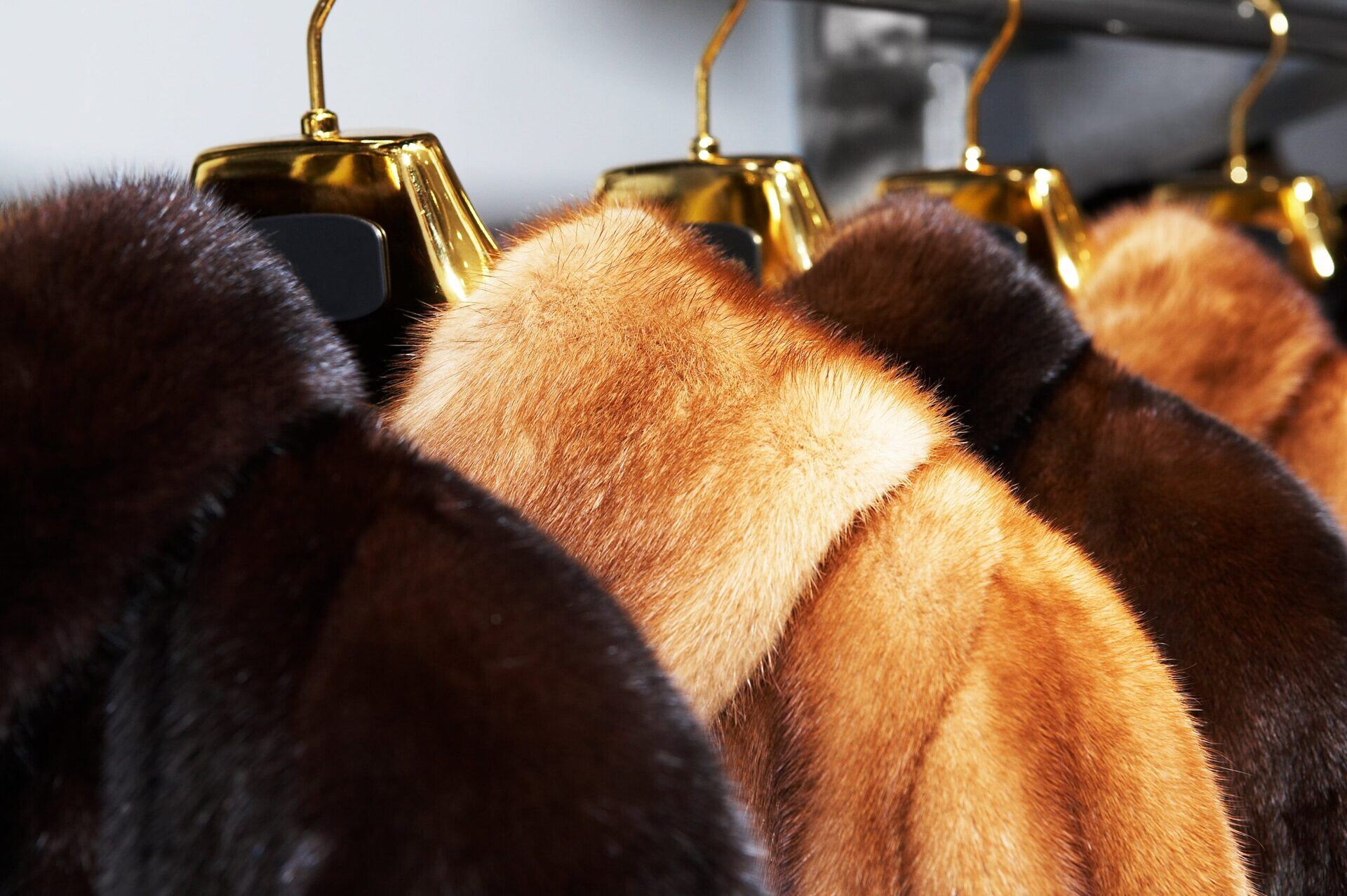
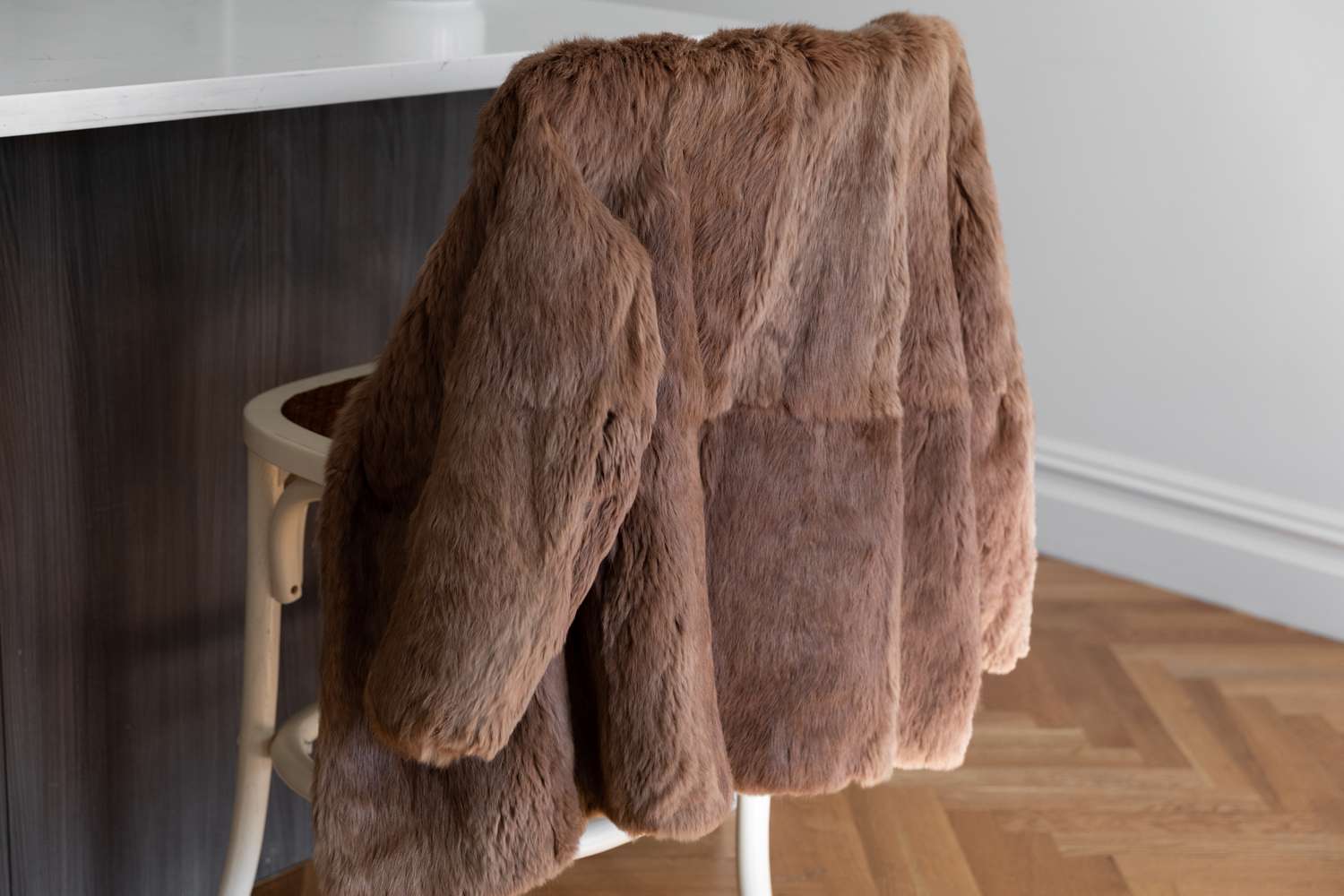
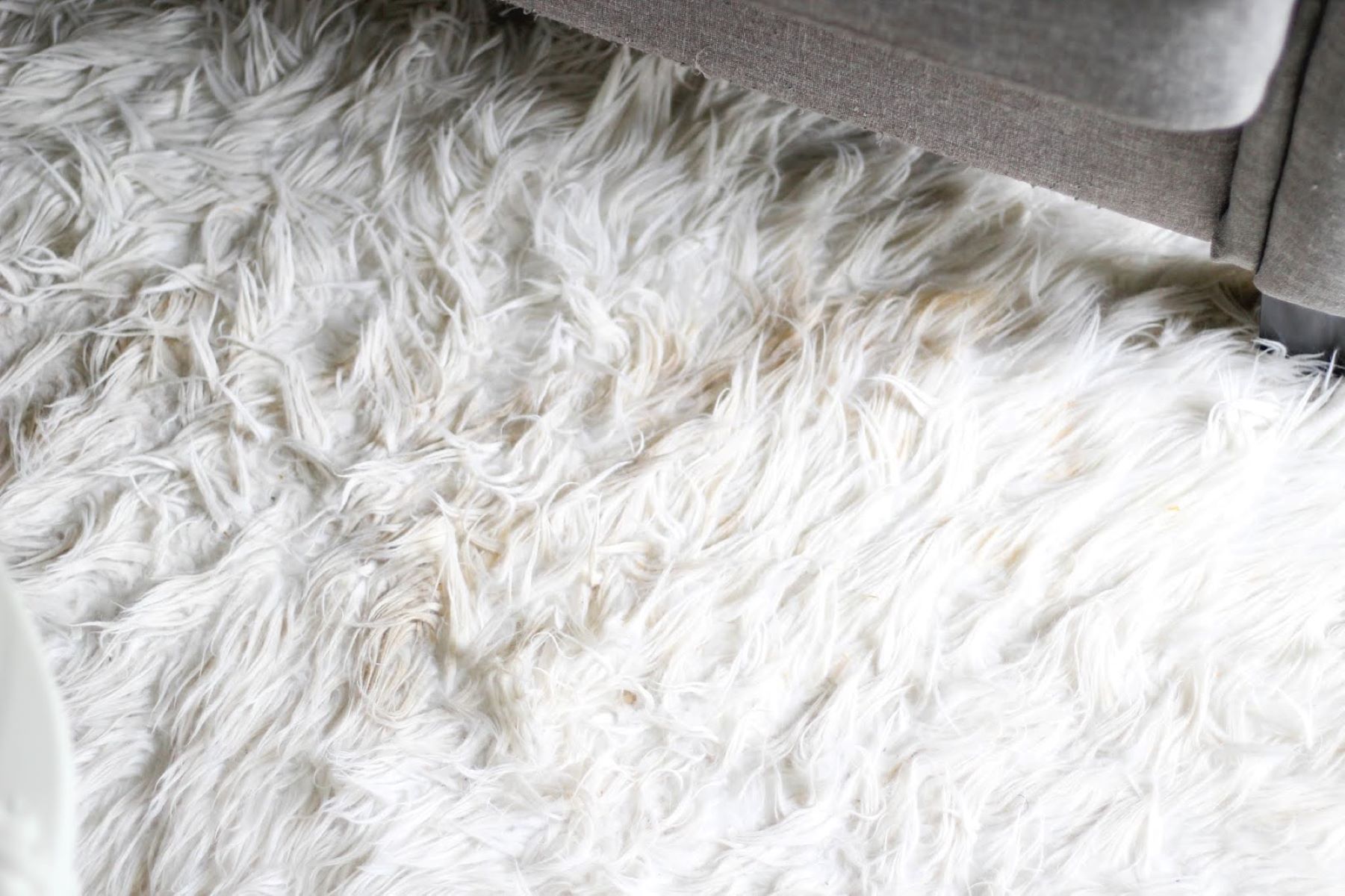
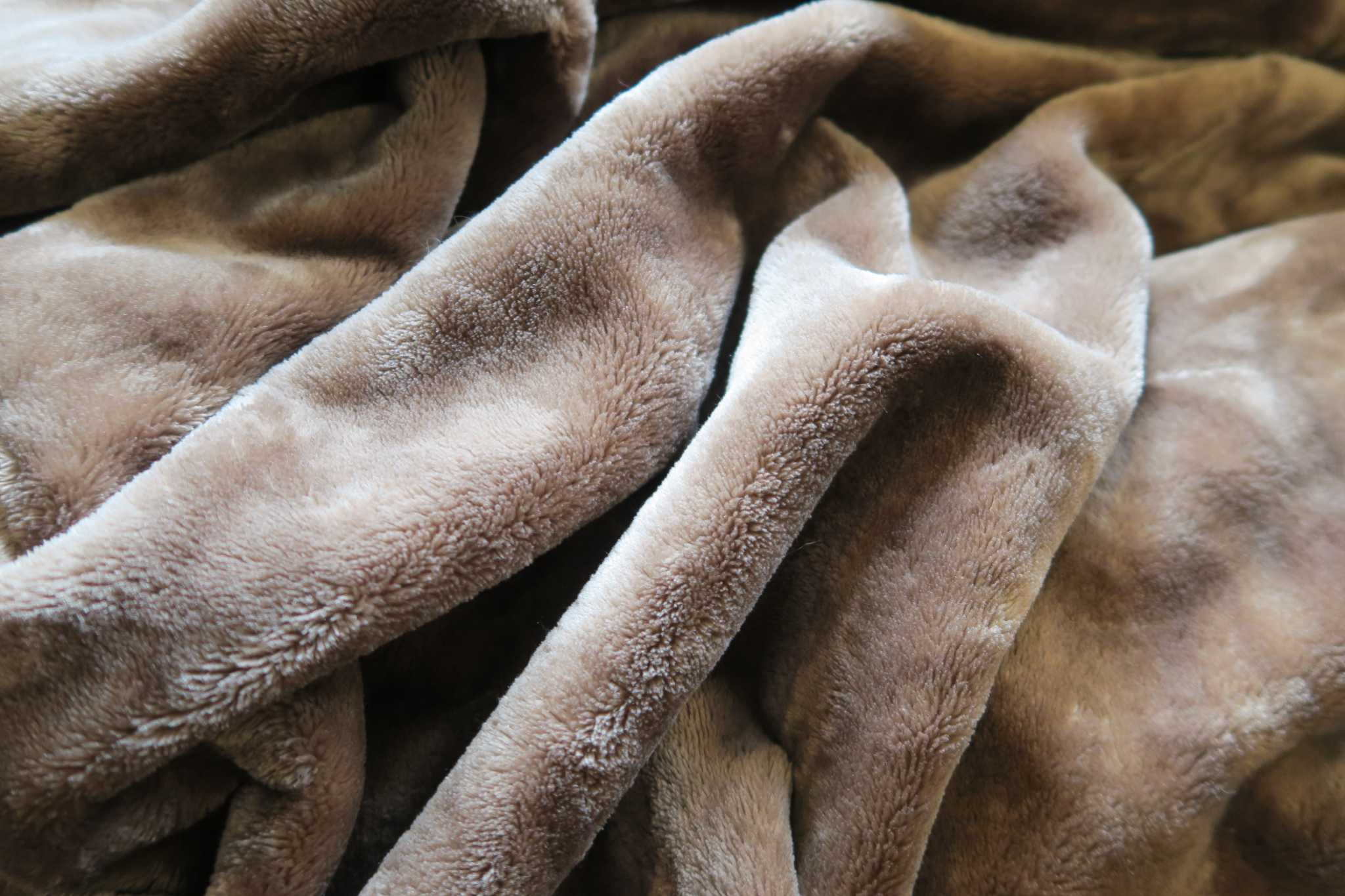
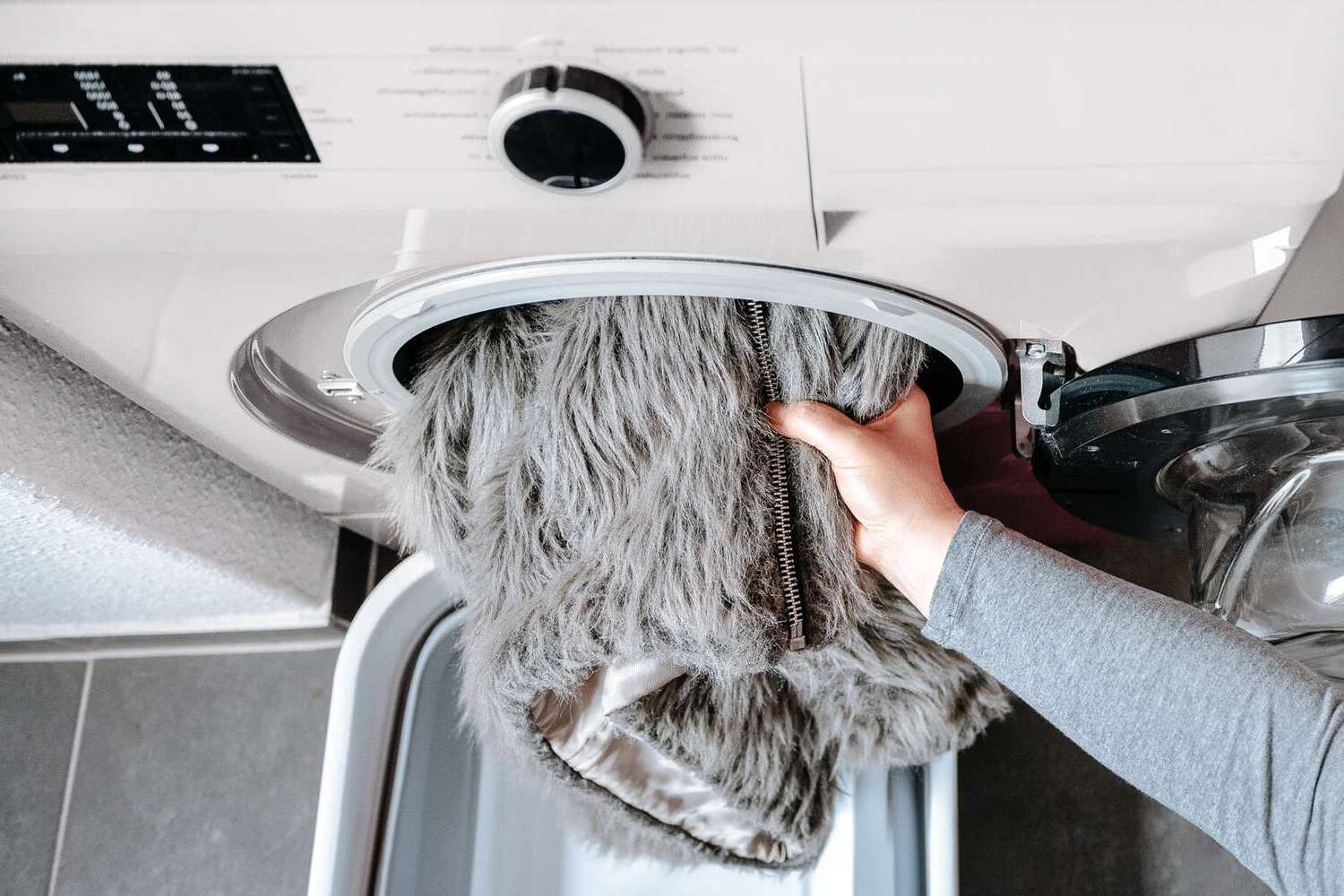
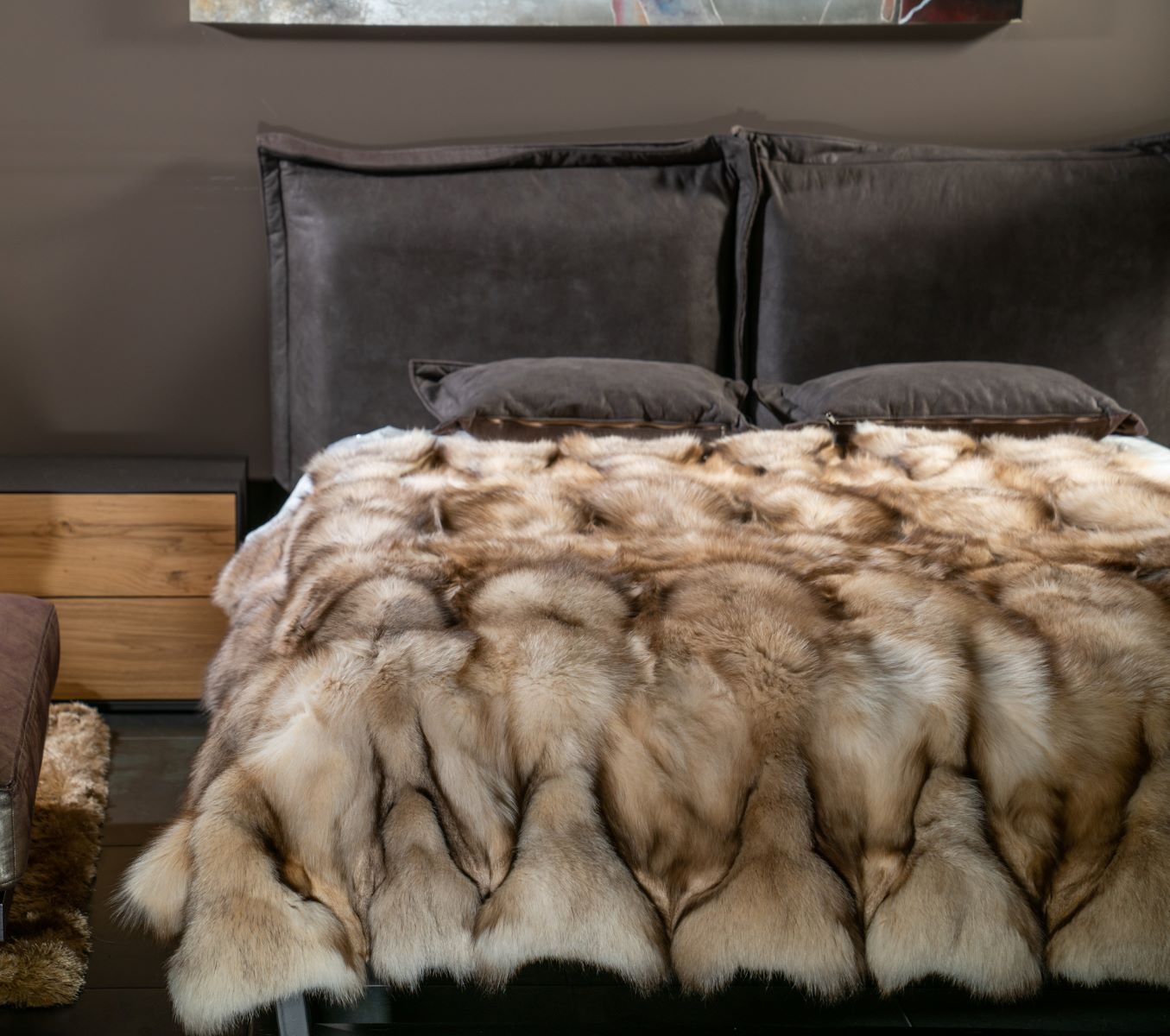
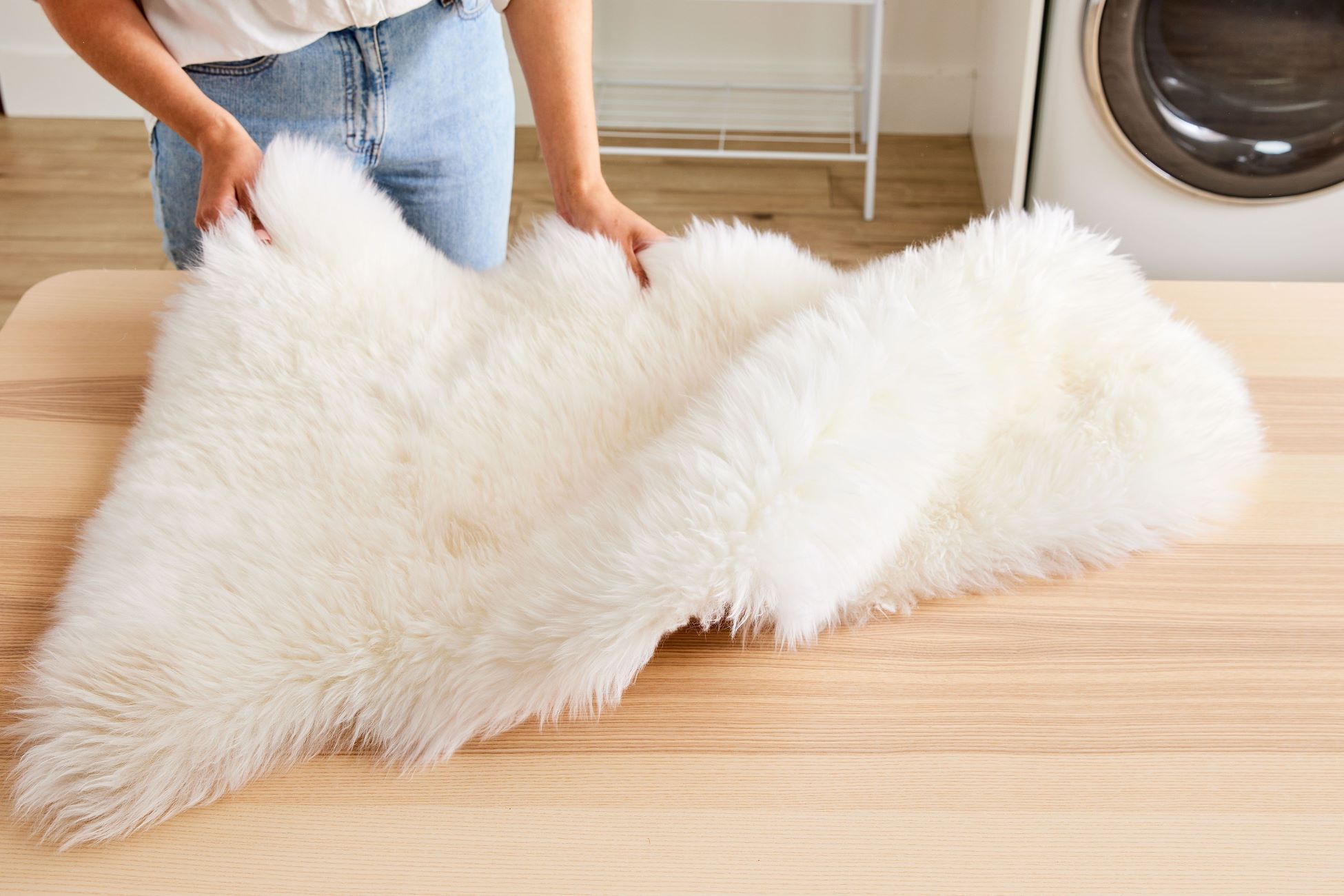


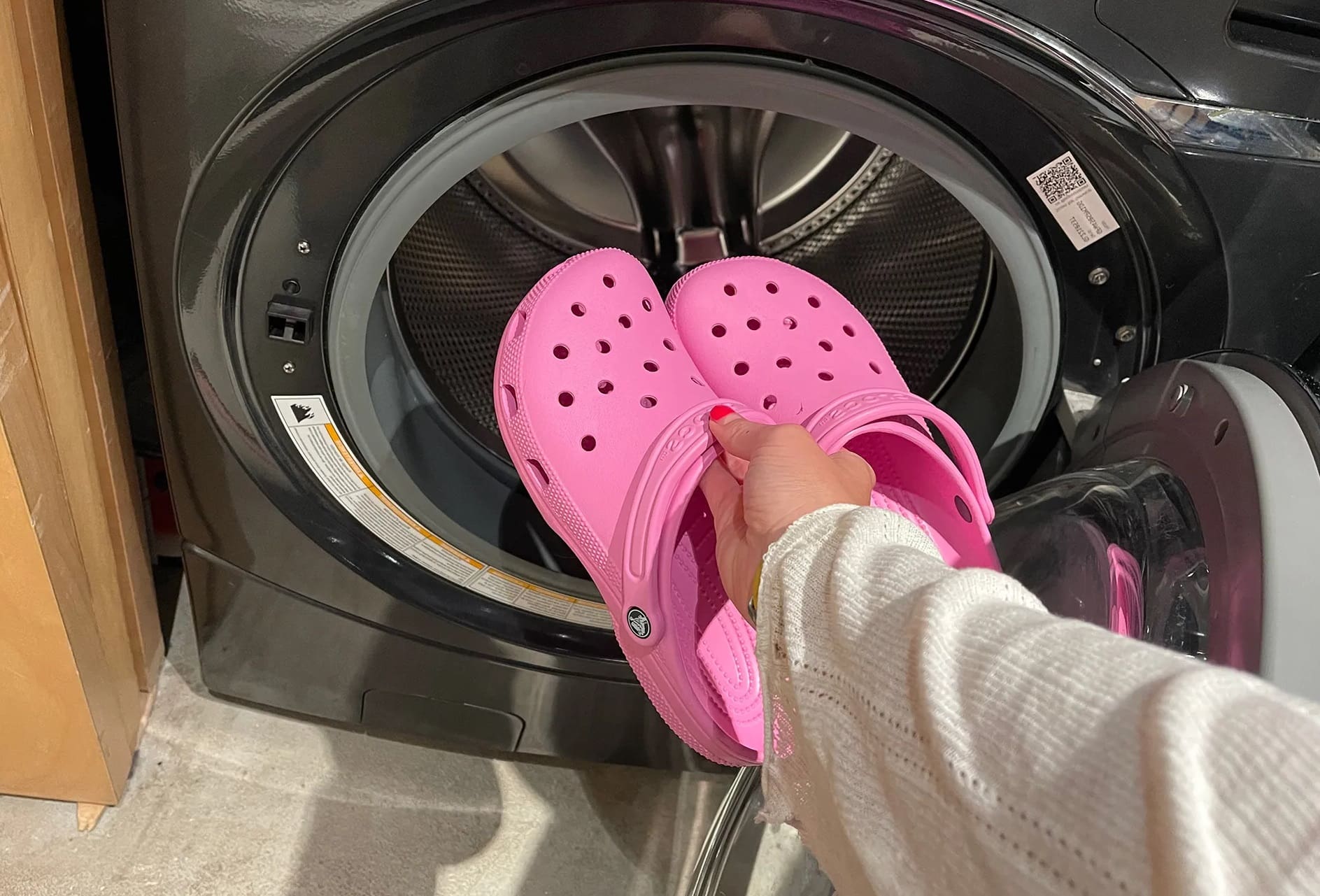
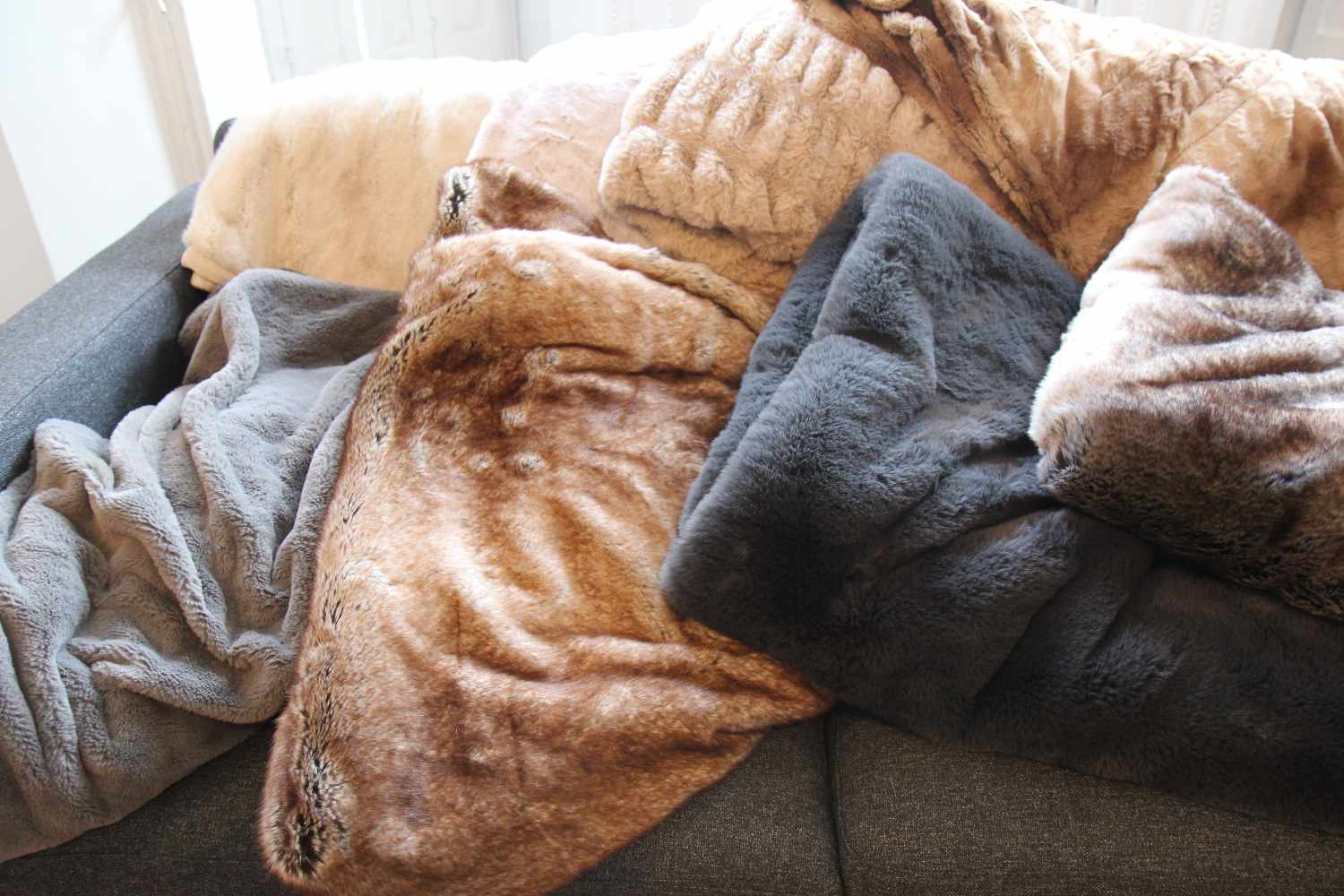
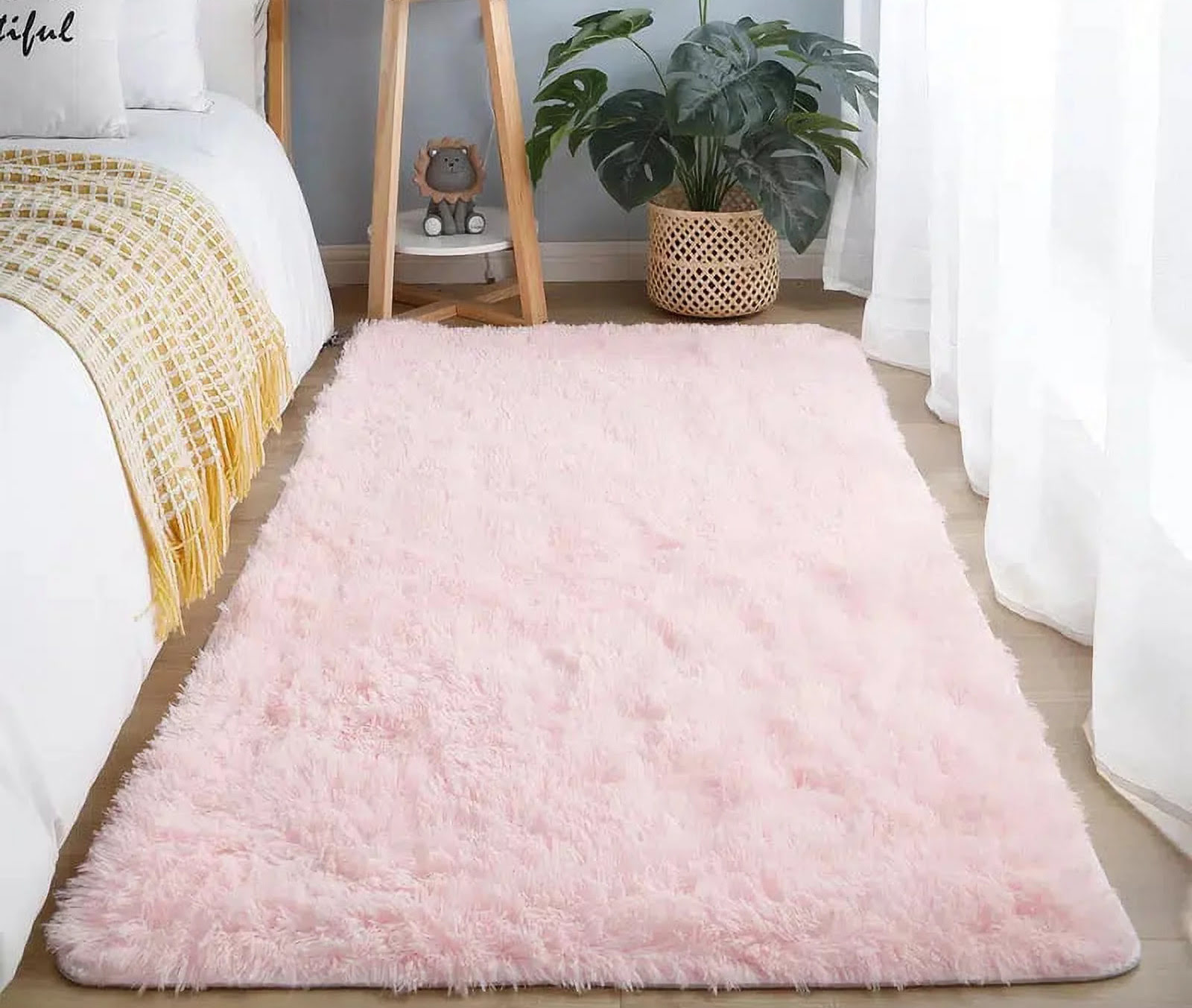

0 thoughts on “How To Store Fur”